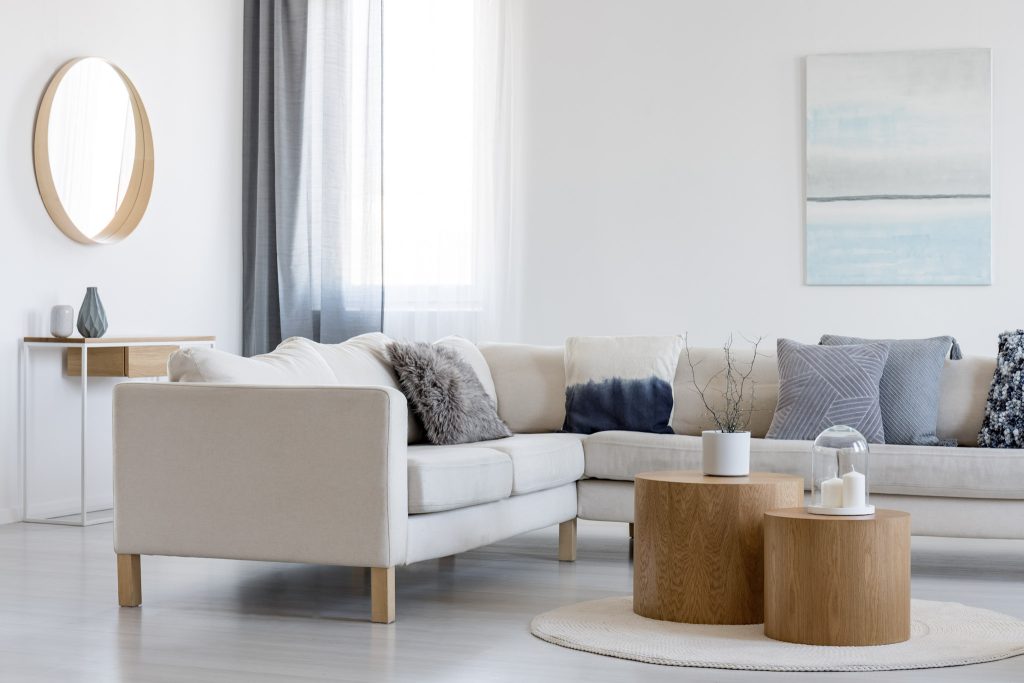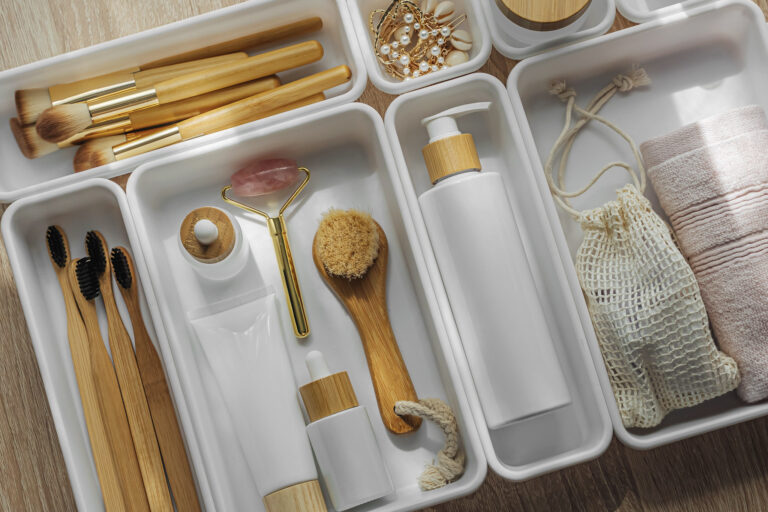
Your home is more than a place to sleep and eat – it’s your sanctuary. A calming environment can do wonders for your mood, productivity, and overall well-being. But, even small visual distractions, like cluttered countertops or a pile of shoes at the front door, can subtly disrupt your sense of peace.
To create a home that promotes clarity, calm, and ease, it helps to start with your physical surroundings. Below are nine practical ways to improve the flow and organization of your space, removing both visual and mental barriers along the way.
1. Declutter surfaces
Clear your kitchen and bathroom countertops of unnecessary items. Everyday essentials should be stored in drawers, cabinets, or organizing containers – out of sight but easy to access. Avoid overcrowding surfaces with decorative items, and keep high-traffic areas like hallways and entryways free of obstruction.
2. Prioritize clear pathways
Walk through each room and consider how easily you can move from one area to the next. Furniture should support natural movement, not block it. When possible, place larger pieces like couches or dressers against the wall to free up space in the center of the room and improve overall flow.
3. Choose furniture that fits the room
Select furniture that’s appropriate in both size and purpose for the space it’s in. For example, dining tables should allow enough space for chairs to move freely, even when people are seated. Oversized furniture in small rooms can feel overwhelming, while undersized pieces in large rooms may appear disconnected.
4. Soften sharp corners
In smaller areas, opt for round or oval-shaped tables rather than square or rectangular ones. Soft, curved edges promote smoother movement and a more relaxed energy throughout your space.
5. Let air and energy circulate
Avoid storing items under beds, couches, or dressers, as these areas collect dust and interrupt airflow. Instead, use closets with doors to tuck away seasonal items, storage bins, or extra supplies. Open space beneath furniture helps maintain a cleaner, lighter aesthetic.
6. Create visual harmony
Use a consistent colour palette throughout your home to create visual flow between rooms. A cohesive scheme doesn’t have to be uniform, just complementary. Add personality through removable accents like pillows, artwork, or throws that can easily be updated or replaced.
7. Maximize natural light and openness
Natural light boosts moods and creates a sense of openness. Avoid placing furniture in front of windows, and keep doorways free from obstructions so they can open fully. These small adjustments make a big impact on how open and welcoming a space feels.
8. Add calming scents
Scent can powerfully influence your mood. Use an air purifier in the kitchen to remove lingering food odours. In your bedroom or living room, a diffuser with light, natural essential oils (like eucalyptus, citrus, or lavender) can create a calming atmosphere without overwhelming the space.
9. Reduce noise pollution
A calm home isn’t just about what you see, it’s also about what you hear. Minimize disruptive noise by adding soft furnishings that absorb sound, like rugs, curtains, and upholstered furniture. Use a white noise machine or soft background music in bedrooms or workspaces to create a more soothing atmosphere.
When your physical space feels clear, your mind often follows. By making a few intentional changes, you can create a home that supports your well-being, reduces stress, and welcomes you with calm and clarity at the end of every day.




